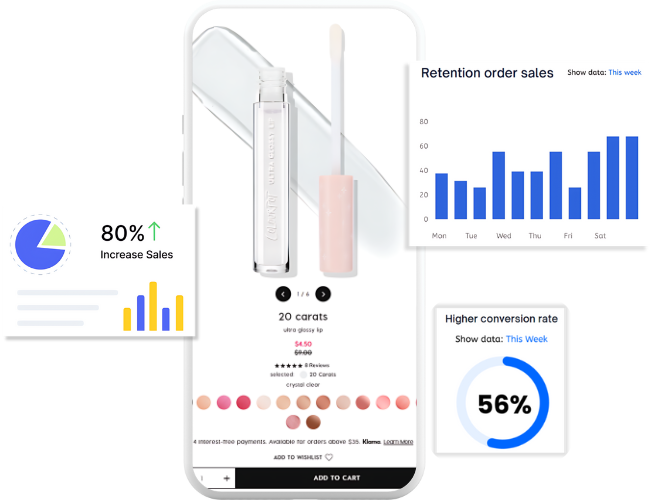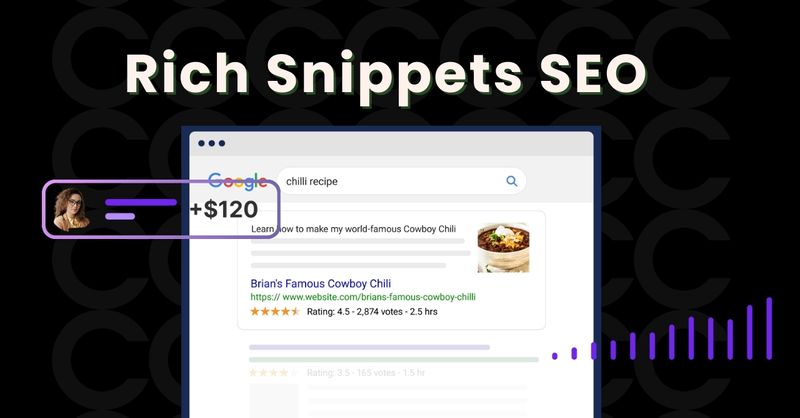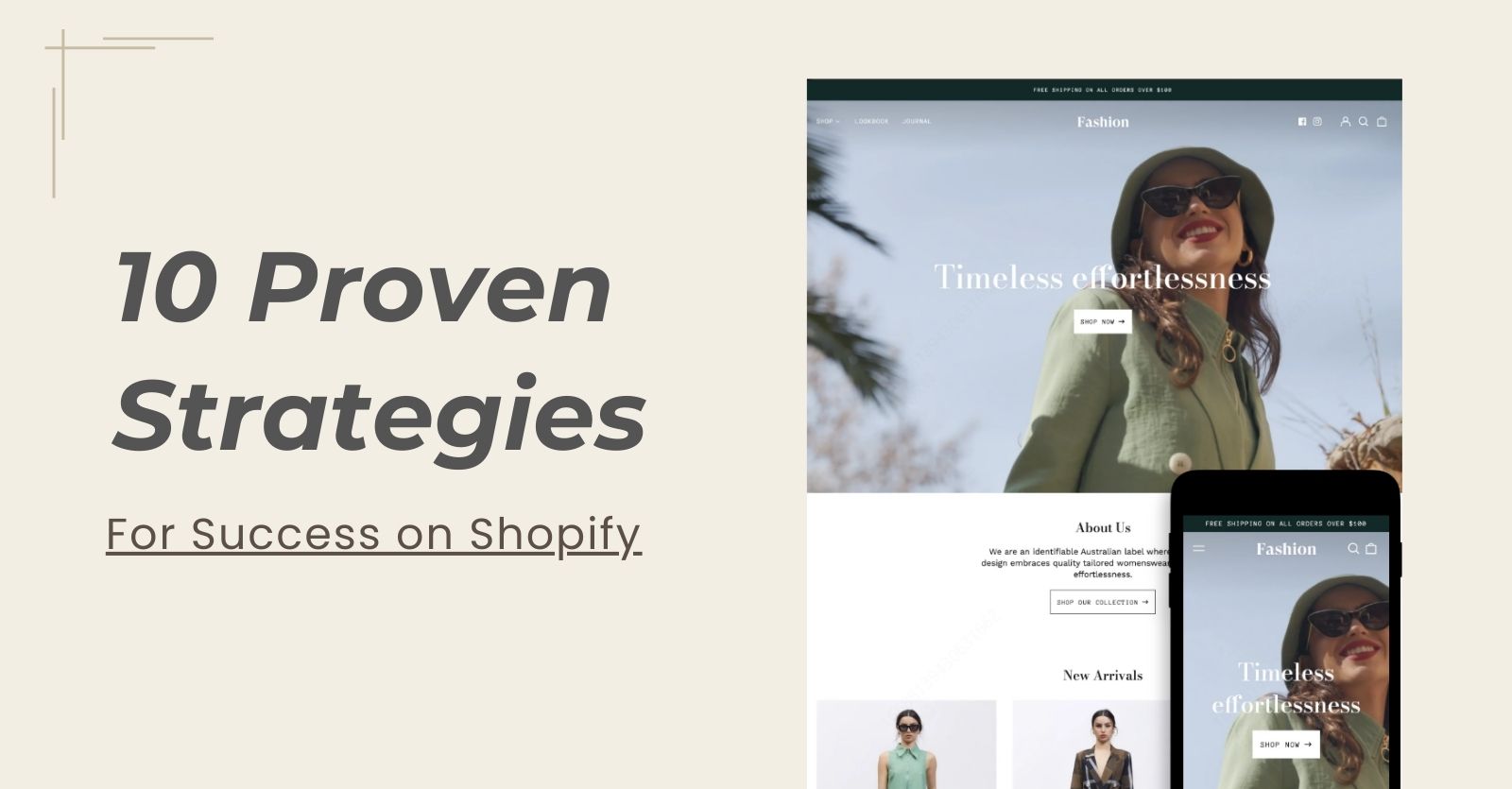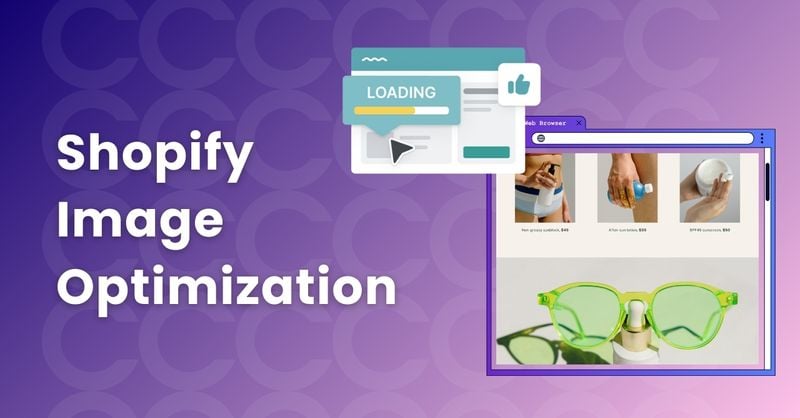Shopify is here with Shopify Online Store 2.0! You know what this means, don’t you? You have more customization and functionality options. Developers are also promised advanced developer tools that they can use to their advantage.
But what exactly are these new features, and what benefits do they offer to you? Read on to learn all there is to know about what is Shopify 2.0, its benefits and features, Shopify 2.0 vs 1.0, key considerations before upgrading to Shopify 2.0, and how to upgrade to Shopify 2.0.
What is Shopify 2.0?
Are you an avid user of Shopify for your e-commerce business? If you are, you will no doubt love the newly updated Shopify 2.0, which was released in June 2021. Shopify 2.0 is a short form of Shopify Online Store 2.0 and is also known as OS 2.0.
An advanced version of Shopify 1.0, it has improved all the features of Shopify 1.0, including Shopify 2.0 themes, Shopify architecture, and customization options. Developers who are building themes and apps for merchants in Shopify will also especially love Shopify 2.0, owing to its added developer tools.
For one, there are greater customization options for you that are not limited to the homepage as in Shopify 1.0. Unlike Shopify 1.0, you are also offered more flexibility when designing your store layout without getting lost in extensive coding processes.
You can use the enhanced metafield to display specialized information on your store. Developers can use the enhanced theme development tools that have streamlined the process of building and testing Shopify 2.0 themes.
If you want to update to Shopify 2.0, you can do so without losing your current store layout and its themes. Shopify has designed the transition such that it ensures compatibility with the latest features and also enhances user experience and the overall performance of Shopify stores.
Learn more about Channelwill, the specialized e-commerce solution provider.
Specifications & Benefits of Shopify 2.0 Online Store [Updated Features]
Shopify 2.0 is an upgraded and revolutionized update of the previous version. The new version facilitates and includes numerous new and exciting features for e-commerce owners.
You are encouraged to pay close attention to this section to establish a detailed understanding of the many ways you can benefit from the recent changes to your Shopify website.
| Shopify Online Store 2.0 Features | Potential Benefits for Shopify 2.0 Users |
| Page Section | Page Sections can be added to all pages on the website. This new feature will improve flexibility and customize/personalize the website. Additionally, it will positively impact user experience and sales. |
| Theme Editor | The theme editor has centralized features and performance. Merchants can make changes quickly and efficiently, with high visual and operational quality. |
| App Extensions Integration | Preferred app integration. It will enable you to exercise more control over rearranging and strategically placing the app block. |
| Metafields updates | The theme editor can add Metafields. This will save both time and energy, as you no longer have to arrange information about your product on an individual basis. |
| Performance and Loading Speed | With Shopify 2.0, you can expect improved performance and faster load times. This will significantly and profitably impact customer experience and sales. |
Page Section
Have you ever come across the term “Sections”? If you are new to Shopify or haven’t had much experience with Shopify development, sections are simply content blocks. These blocks hold product-specific information and can be placed anywhere on your site.
Historically, Page Sections (Images, text block, etc.) were limited for owners to utilize on their homepage. Selected templates also offered this feature. However, Shopify 2.0, compared to Shopify 1.0, offers this dynamic flexibility to eliminate, add, and regroup sections across the entire site instead of a specific page. It facilitates advanced customization. Adding sections and images across all pages according to your needs.
Shopify merchants can effortlessly develop user-targeted, unique landing pages. The latest version of the Shopify 2.0 store allows for editing and self-sufficiency in site development, reducing demand for editors and developers and reliance on external tools.
To attract more buyers and traffic to your Shopify webshop, make sure to fully utilize this feature and tweak your site according to customer’s tastes and preferences. It is now more straightforward than ever to display exclusive offers and products across intended landing pages. Just display your brand name and content across the desired pages and products.
Maximizing the benefits associated with this new feature can boost your sales significantly.
1. Theme Editor
As a Shopify user, have you ever felt the need to customize your Shopify template but didn’t have enough resources to do so? If so, the new update has this issue sorted out for users like you!
Shopify online store 2.0 has an improved theme editor. Merchants can easily customize themes and build customized integrations.
The editor can easily oscillate between and edit different pages and sections. Navigation is more fluid and uncomplicated. Merchants can edit more types of pages, including product pages, integrated pages, blog posts, and customized pages, to provide a personalized shopping experience for customers.
Centralized components and work will allow you to navigate smoothly between the pages. Additionally, a more advanced preview has enhanced the visual clarity of all the desired changes you may make to your Shopify Webshop.
This new theme editor also focuses on improving the website’s performance and optimizing the accessibility for all customers. Merchants can utilize the metadata control options and SEO tools for better search engine rankings. This includes custom titles, descriptions, URL structures, and more.
As you may have inferred, this bold and user-friendly update will save time and energy. As with the page sections, the aim is to assist in the smart and targeted tailoring of your Shopify 2.0 store. You can quickly change and edit your Shopify Webshop without external help or reliance.
2. App Extensions Integration
Tired of learning how to code? With the Shopify 2.0 online store, users can enjoy the benefit of adding app extensions, widgets, and integrations without requiring a developer to rebuild the entire integration.
Additional app integrations are edited through theme settings by adding widgets from the app block and supporting toggles. This implies that you are in full control over the placement and rearrangement of the app’s appearance and visual presence on your Shopify webshop.
Shopify 2.0 enables retailers to merge and integrate apps with theme editors without hiring a developer to integrate the code with the existing Shopify theme.
As for App Embeds, merchants can embed custom features in both the backend and front end of their Shopify stores. For example, embedding an app-provided editor or tool directly on a listing page.
Shopify 2.0, compared to 1.0, has narrowed down and simplified the process of managing and removing troubleshooting apps. Merchants can view and manage all installed apps and their extensions in one place in the Shopify admin, making it easier to track and update app configurations. Like all other updated features, it will save time and energy, and give customers a fluent experience.
If you are confused about what apps could potentially be useful to integrate with your Shopify 2.0 template, learn about Shopify’s top ten best product recommendation apps in 2025.
3. Metafields Updates
Metafields are custom fields that refer to extra information and data that can be added to individual products on your Shopify webshop. Previously, the process of assigning information to products was fairly confusing and complicated.
However, the Shopify 2.0 online store offers its own Metafields functionality. Hence, retailers like you can use the theme editors to add Metafields. On top of this benefit, Metafields has been updated to support various types (Images, video links, numbers, dates, URLs, PDFs, etc.), which make the data and display more standardized and consistent.
Additionally, Metafields can be clustered together through metaobjects. So, instead of applying Metafields to each product, you can now apply metaobjects to numerous products.
For example, Metafields for a jewelry store will include
- Where the product is sourced from
- Jewelry care guide
- Size
- Metal/ Gemstone type etc.
To summarize, Metafields’ update now enables users like you to add additional product information to multiple products at once via the theme editor. Ranging from product specifications to care guides, everything can be added to the relevant goods within a few minutes on your Shopify webshop.
4. Performance & Loading Speeds
All updates and features discussed above have a common benefit: improving your Shopify webshop’s performance and loading speed. As a customer, count the number of times you left a website because it was slow and took too much time to load.
To ensure this is not the case for your site on Shopify, the Shopify 2.0 update offers to improve load time and bounce back rate. Customers on your Shopify webshop can easily switch between pages and products.
Hence, you can expect faster turnouts and shopping decisions. This will also improve the state and amount of traffic on your website. Additionally, increased checkout apps are available to Shopify 2.0 users for customization and other goals.
Shopify has also released new tools to improve the performance of your website. For example, theme check is a tool that evaluates theme codes to prevent potential issues. Similarly, Shopify Performance CI is a tool that runs through the theme to ensure the new updates meet certain performance criteria before the changes are applied.
Shopify 2.0 vs Shopify 1.0
With Shopify 2.0 taking the world by storm, the question arises: what exactly is the difference between Shopify 1.0 and Shopify Online Store 2.0?
The following table depicts Shopify 2.0 vs 1.0:
| Shopify 2.0 | Shopify 1.0 | |
| Themes | There is more flexibility for merchants to build customized themes. Easily customize existing Shopify 2.0 templates and integrate them as you deem fit. | There is a limited customization option on themes. You can choose from pre-designed themes and customize some elements like color, but it is not possible to do so beyond the homepage. If you want to, extensive codes are required. |
| Default Section | The “Sections Everywhere” feature allows you to drag and drop different elements across the entire store.The default section is available on every page. | Modular editing is possible, whereby you can add, remove, or rearrange predefined sections like image galleries, product collections, or text blocks. However, the default section is available only on the homepage. |
| Development Tool | There are three new developer tools: Shopify GitHub integration, which makes it easier for you to track and manage the development and maintenance of themes;An updated Shopify CLI, which speeds up your theme development; Theme Check, which points out any errors in the theme and introduces you to the Shopify theme and Liquid best theme ices | There is a basic Theme Editor and Liquid. It is a manual and code-intensive process for developers to create or modify themes using it. |
| App Asset | Developers submit third-party apps through theme app extension, and then Shopify’s servers will store them using the Shopify Content Delivery Network (CDN). This makes the app storage process faster and more secure. | Developers host assets themselves, whereby they manually insert codes into theme files to integrate third-party apps into the Shopify store. It makes the process slower and more complicated. |
Does My Business Need to be Upgraded?
Shopify does not make it mandatory for you to upgrade to Shopify 2.0. It is just an advanced version, offering more customization and functionality. Even if you do not upgrade, Shopify will continue to support your current theme.
That said, there is no doubt that you will benefit from upgrading. But before that, let’s take a look at some key considerations you need to keep in mind before upgrading to Shopify Online Store 2.0.
1. The Need for an Upgrade
First of all, assess your needs. Do you think your store requires an update? Or are you satisfied with the current level of benefits offered? If your store is doing fine without the need for an upgrade, Shopify supports your decision.
2. App Compatibility
You also need to ensure that all the third-party apps that you are using are perfectly compatible with Shopify 2.0. If they are not compatible, you need to have some alternatives as backups.
If they are not compatible, then upgrading will only disrupt your store’s functionality, and you will require additional effort to find a workaround.
3. Back up Your Store
One of the most important elements to keep in mind is that you must always back up your store beforehand. You never know if something might go wrong during the transition, so always back up your store.
4. Custom Themes
If you are using a custom theme in Shopify 1.0, you will have to contact your developer to confirm whether it is compatible with Shopify 2.0. If it is not, you can ask the developer to create its update or have a new one created from scratch.
How to Migrate to Shopify 2.0?
Having understood all the prerequisites of migrating to Shopify 2.0, we will now see how to migrate to Shopify 2.0. There are three methods you can use to do so; whichever one you use is entirely up to you.
Migrating to Shopify 2.0 is essentially t-mobile jump 2.0 explained, which means that you can upgrade whenever you want, however, you want.
The three methods are:
1. You can download a theme from Shopify Theme Store
Do you want to enhance the look and feel of your store? Do you also want access to all the new features of Shopify 2.0? You can now do this by downloading Shopify 2.0 themes from the Shopify Theme Store.
By downloading a theme, you will get not only a new theme for your store but also all the Shopify 2.0 architecture and features that it contains.
2. You can download a new version of your theme
Suppose you have two thoughts. Firstly, you want to enjoy the benefits that come with upgrading to Shopify 2.0. Secondly, you do not want to entirely change the theme of your website. Stuck between two contrasting choices, you cannot decide what to do.
However, you don’t need to worry anymore. You can get the best of both. There are some themes whose updates are available in the Shopify Theme Store that use Shopify 2.0. All you have to do is manually add this updated theme to your store.
3. You can migrate your current theme manually
To manually upgrade to Shopify 2.0, you need to convert the Liquid (Shopify 1.0) template to a JSON (Shopify 2.0) template. To do so, follow the following steps:
- Secure your current theme with a backup
- Analyze and detach hard-coded section references
- Relocate template code to dynamic sections
- Eliminate the outdated liquid template files
- Initiate a new JSON template structure
- Conduct comprehensive testing on the new template
- Integrate dynamic sections within JSON templates
- Enable third-party app integration in sections
- Apply and review the migration across all templates
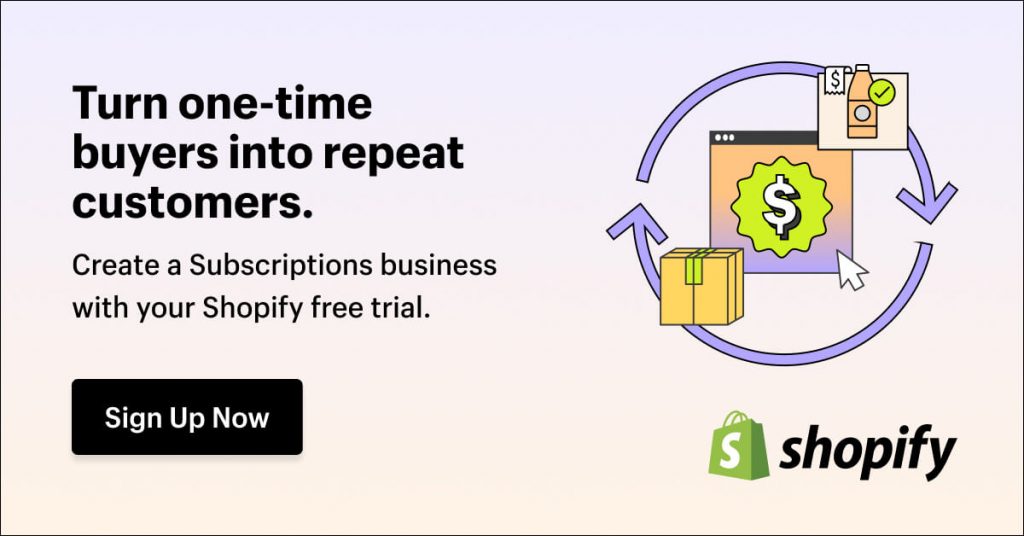
Conclusion
By now, you must have developed a fairly satisfactory understanding of what is Shopify development and the difference between Shopify 2.0 vs. 1.0.
Shopify 2.0 Online Store is an updated version of Shopify 1.0. Through this update, Shopify has enabled its users to customize and personalize their e-commerce Shopify webshops according to product preferences and target audience.
Accordingly, Shopify 2.0 promises to save time and energy. Store owners can easily customize their stores without much hassle.
To maximize the utility of these updates, keep up with the latest trends and Shopify updates. Keep exploring potentially profitable apps, themes, and content blocks to improve your site’s performance in the future.
FAQs
Note: This blog was originally written in English and translated using an automated tool to make the content accessible to a global audience. We believe in sharing valuable insights with everyone and apologize for any inaccuracies. If you spot any errors, please feel free to contact us for corrections. Your feedback helps us improve and ensures the content’s value is fully realized.


